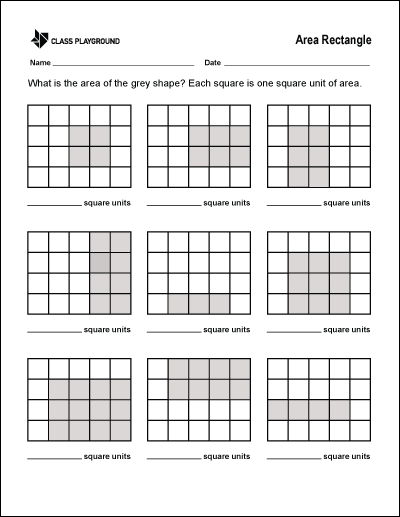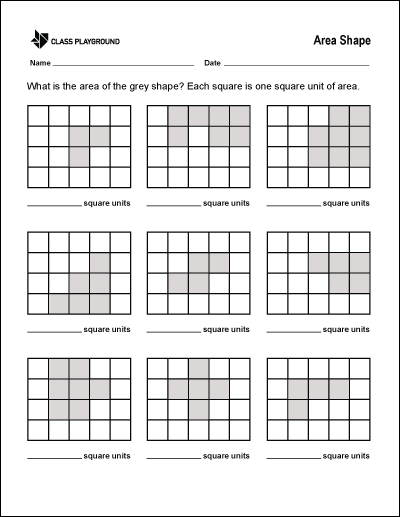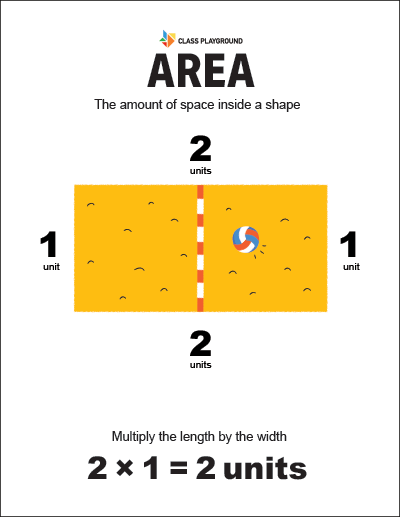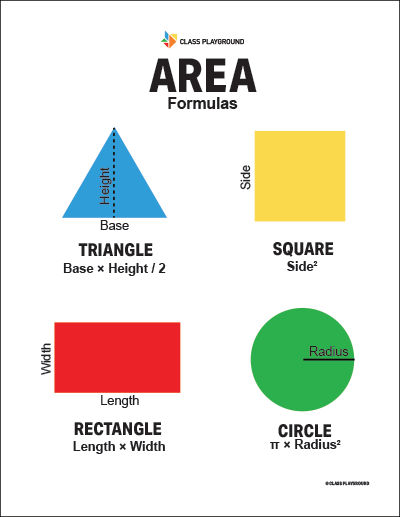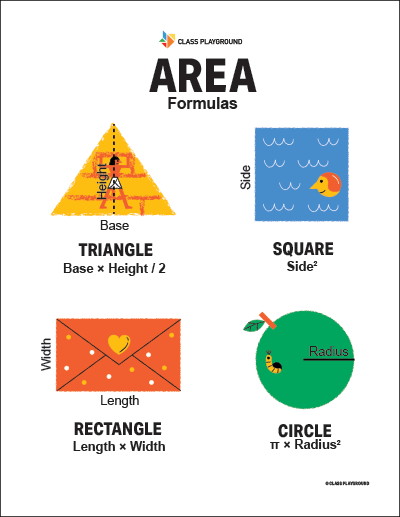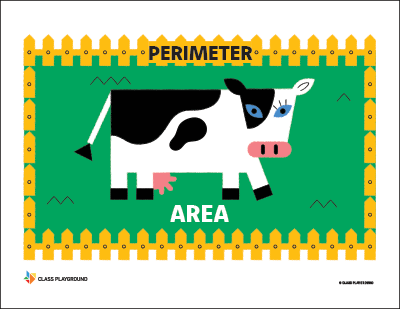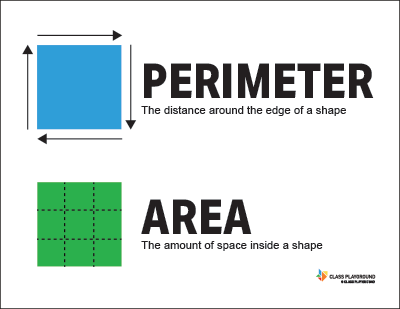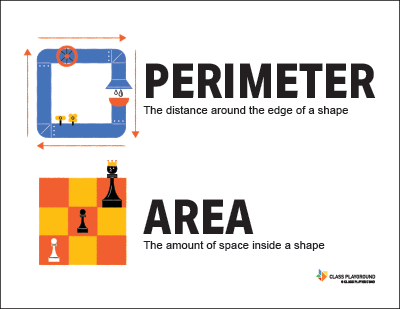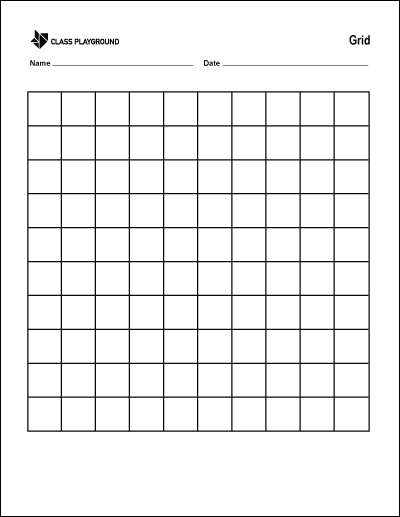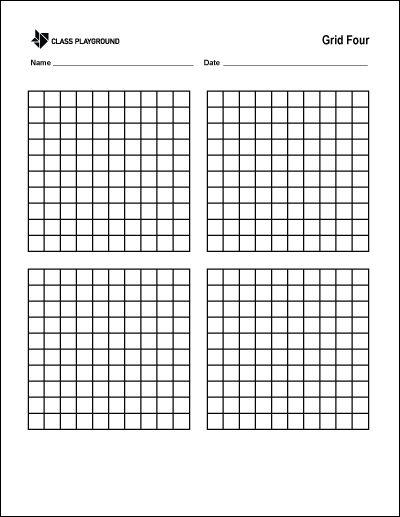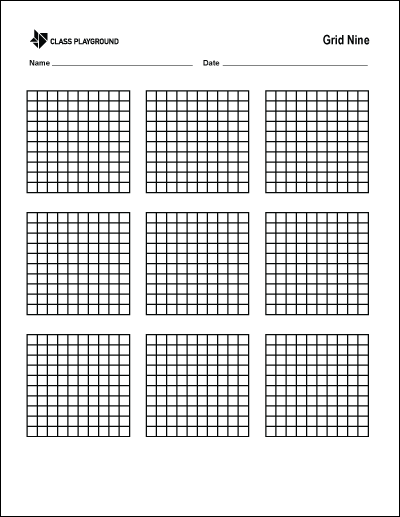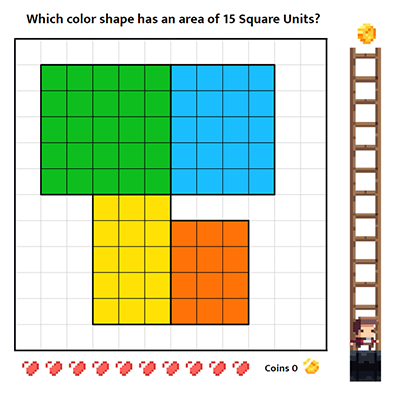What is Area?
Before we delve into how to teach area, it’s important to define what area is. Area is defined as the amount of space inside the boundary of a flat (2-dimensional) object such as a rectangle or circle. It’s measured in square units, which could be centimeters, inches, feet, yards, or any other unit of length. When we talk about the area of a shape or surface, we’re talking about how many of these square units fit inside it.
Why Teach Area?
Area is a fundamental mathematical concept that kids need to understand well, as they will use this knowledge throughout their lives. Whether they’re figuring out the best size TV to buy for their living room, painting a wall, or designing their dream house, understanding area will come in handy.
Start with Concrete Examples
Before diving into the abstract idea of area, start with concrete examples that students can physically interact with. You could use manipulatives like square units, tiles, or grid paper. For instance, you can demonstrate how many square units fit inside a shape on a piece of grid paper. This visual and tactile approach allows students to grasp the concept of area as the amount of space a shape covers.
Use Geoboards
Geoboards are a fantastic tool for teaching area. Using rubber bands, students can create shapes on the geoboard and then count the number of squares inside the shape to determine its area. This provides a hands-on, interactive way to explore the concept of area.
Introduce Formulas
Once students have a basic understanding of area through hands-on exploration, you can introduce the formulas for calculating the area of different shapes:
- Rectangle: The area of a rectangle is calculated by multiplying its length by its width (A = length x width). This concept can be visualized as filling up the rectangle with square units.
- Triangle: The area of a triangle is found by taking half of the product of its base and its height (A = 1/2 base x height). You can explain this to students by showing them that two identical triangles can form a rectangle if placed side by side.
- Circle: The area of a circle is given by the formula A = π radius^2. This might be more complex for elementary students, but you can explain that the π (Pi) is a special number approximately equal to 3.14, and the radius of the circle is the distance from the center of the circle to any point on its edge.
Make sure to explain why the formulas work and connect them back to the concrete examples you used earlier.
Incorporate Real-World Problems
Children often learn best when they understand why what they’re learning is important. Incorporating real-world problems that involve area can help students see its relevance. For example, you might ask students to calculate the area of their classroom’s floor to determine how much carpeting would be needed.
Activities for Learning Area
- Create Your Own City: Give your students graph paper and have them design their own city. They can draw buildings of different sizes and then calculate the area of each building. This activity allows students to practice their area calculation skills while encouraging them to think creatively about city planning and architecture.
- Playground Design: Similar to the city design activity, students can design their dream playground on a piece of grid paper. After drawing different elements like slides, swings, and sandboxes, they can calculate the area of each element. This project integrates math with design thinking and can spark discussions about space utilization and playground safety.
- Area Scavenger Hunt: Organize a scavenger hunt where students have to find objects of certain areas around the classroom or school. For example, you could ask them to find something with an area of 10 square inches or 2 square feet. This activity makes learning about area fun and interactive.
- Area Art: Students can create artwork using shapes with specified areas. They can cut out shapes from colored paper and glue them onto a larger sheet, labeling each shape with its area. This activity combines math with art, allowing students to apply their understanding of area in a creative way.
- Floor Plan Project: Have students create a floor plan for a dream house or a room, using grid paper. They can calculate the area of each room, allowing them to apply their understanding of area in a practical, creative project. This also introduces them to the basics of architectural drawing and spatial planning.
- Area Race: Divide students into teams. Give each team a set of shapes with different areas. The first team to correctly calculate the areas of all their shapes wins. This activity adds a competitive element to learning about area.
- Mosaic Art: Students can create a mosaic using colored square tiles. They can then calculate the area of each color used in their art. This project combines math with art and can be a great way to discuss patterns and symmetry.

